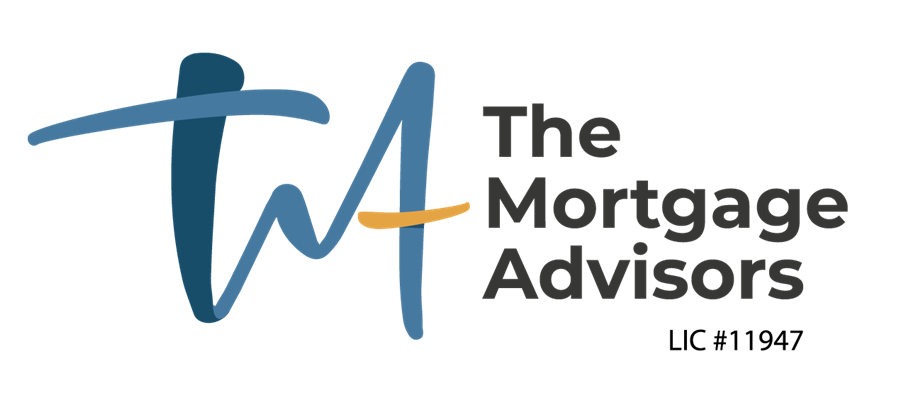Numéro de permis de l'agent
M18000217
Numéro de permis de courtage
11947

Nick Holloway
Mortgage Agent Level 1
Office:
Téléphone:
Courriel:
Adresse:
2725 Queensview Dr Suite 500, Ottawa, Ontario, K2B0A1




























